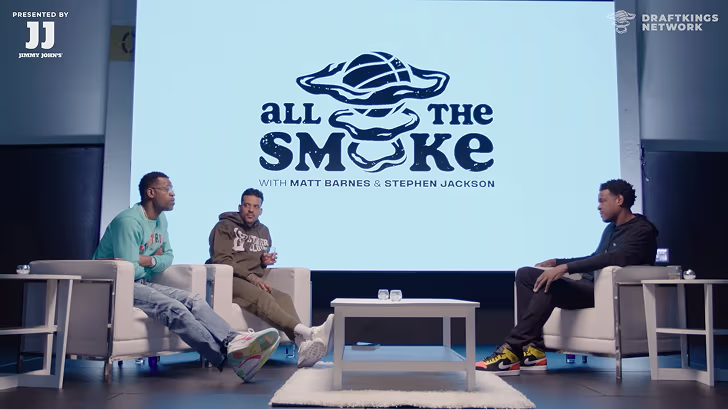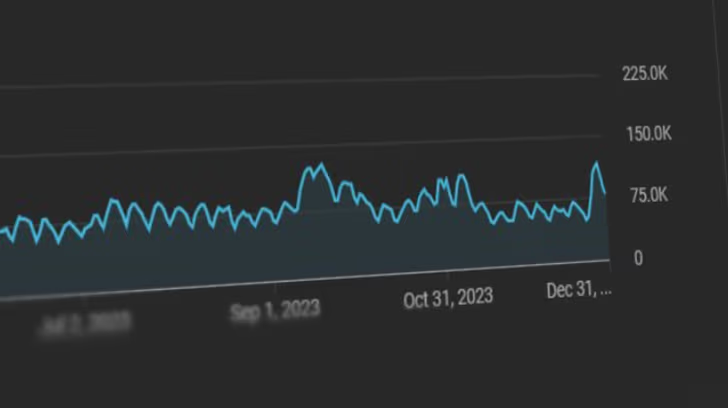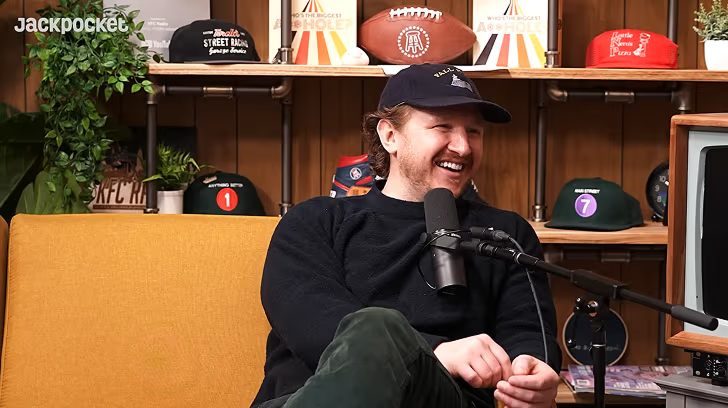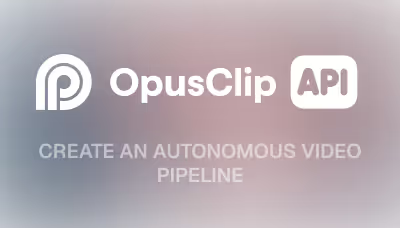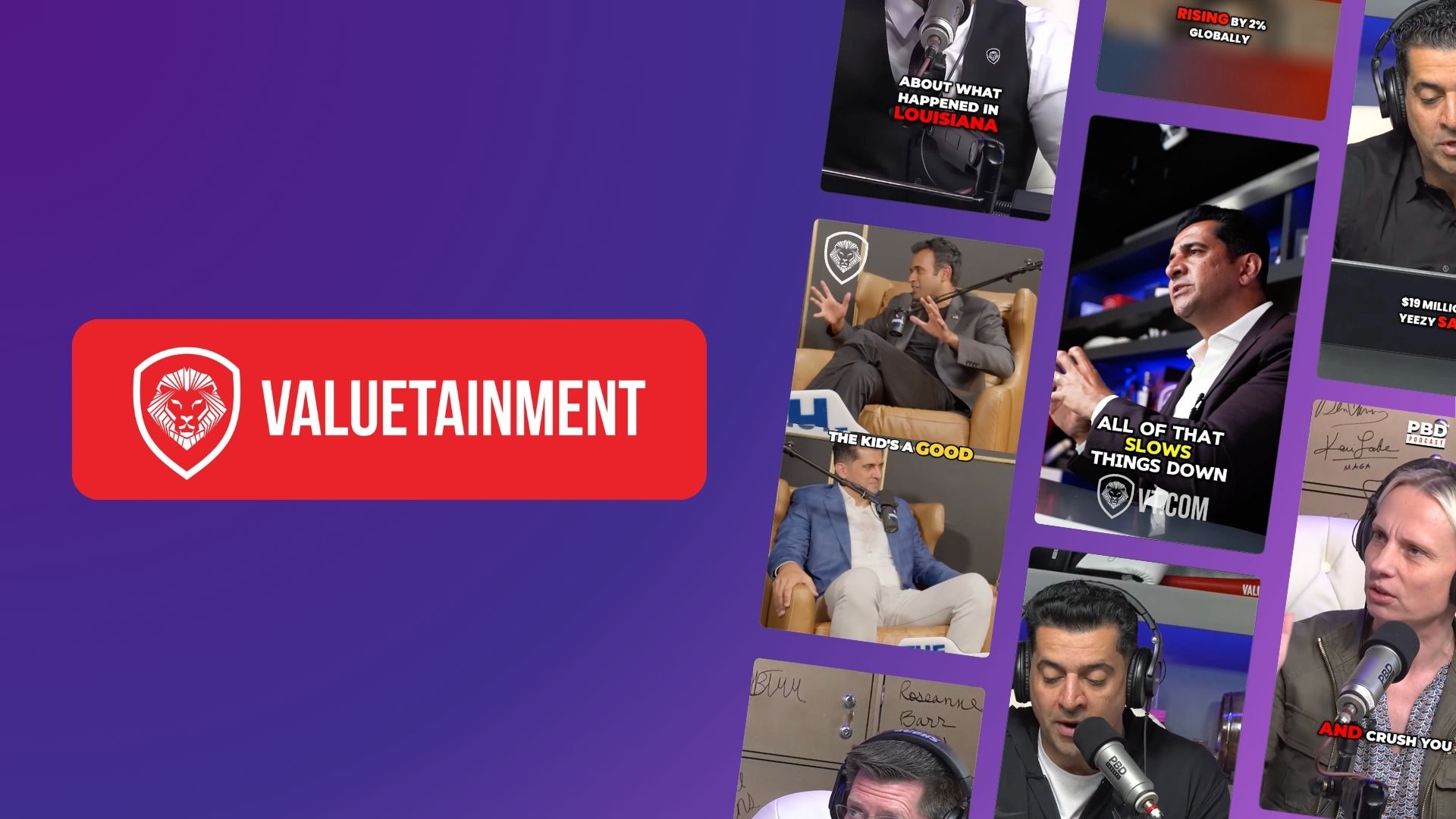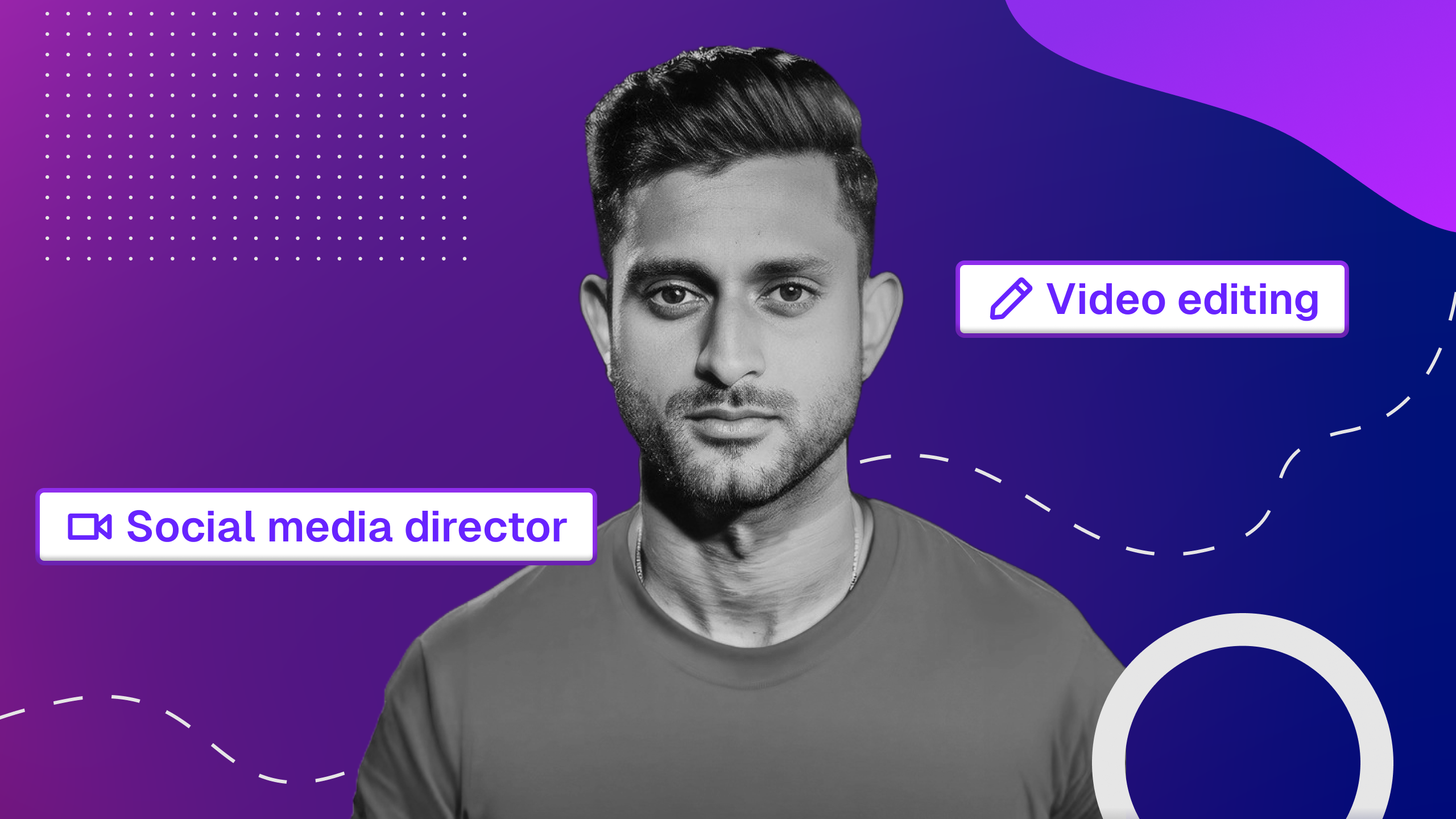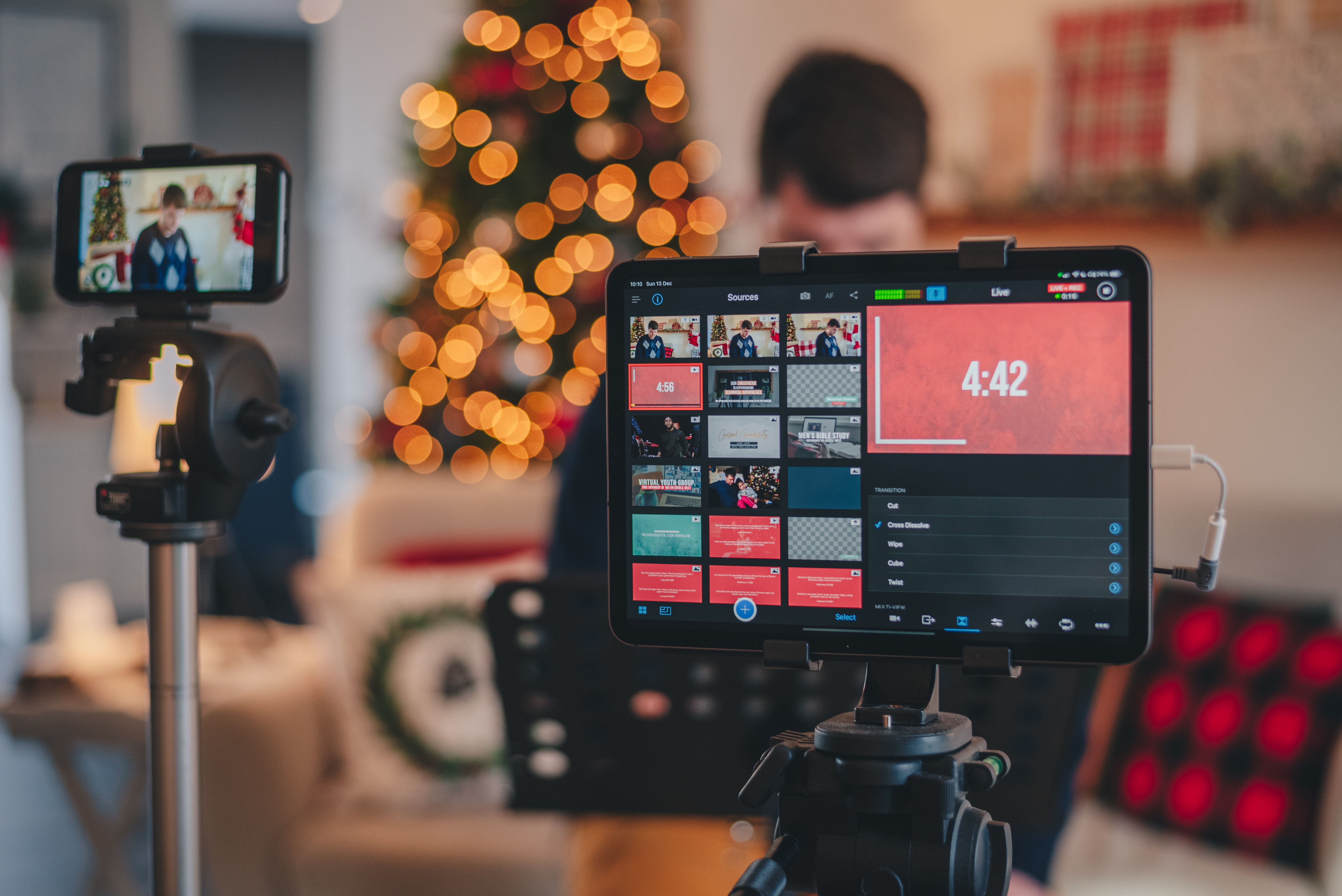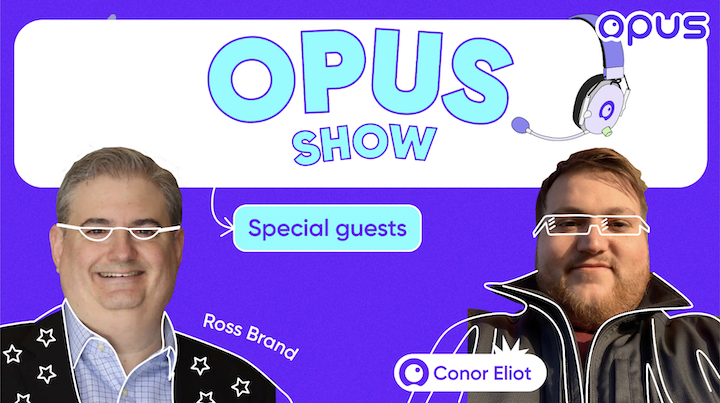Audience-content fit: YouTube’s biggest algorithm shift in 2025 (and how to stay ahead)
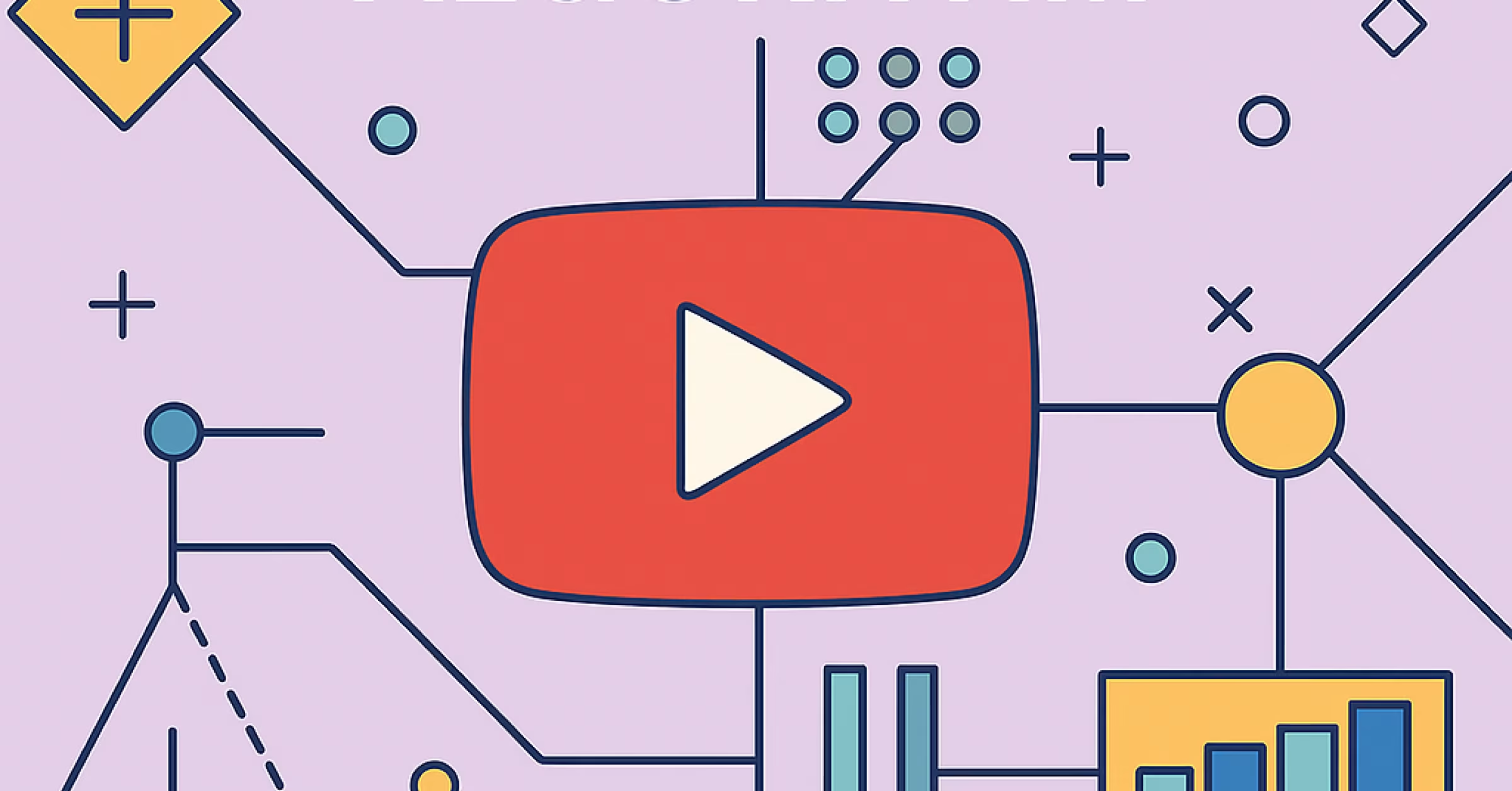
A few years ago, YouTube was simple. If you had a strong subscriber base, you could post almost anything and still get views. The algorithm prioritized your existing audience, making it easy to reach them.
But that’s not how it works anymore.
You’ve probably noticed it. Some of your newer videos aren’t getting traction, even with hundreds of thousands (or even millions) of subscribers. Meanwhile, smaller channels are pulling massive views with far fewer subs.
That’s because YouTube doesn’t weigh subscriber count as heavily as it once did. Now, it prioritizes audience-content fit—matching videos to the right viewers, not just those who subscribed years ago.
So, what exactly is audience-content fit? Why does it matter more than ever? And how can tools like OpusSearch help you stay ahead in this algorithm shift?
This piece breaks it all down. Let’s dive in.
What is audience-content fit?
Imagine you run a fitness YouTube channel. One day, you post a high-intensity workout video, and it takes off—racking up views, engagement, and recommendations. The next week, you upload a nutrition breakdown, but it flops. Even your loyal subscribers barely watch it.
What happened?
It’s not that nutrition isn’t valuable. It’s that YouTube categorized your channel as a workout hub, so it pushed your video to people interested in exercise (not meal plans).

Those viewers saw the new upload and scrolled past it, signaling to the algorithm that it wasn’t a good fit.
This is audience-content fit in action.
Success on YouTube isn’t just about having a loyal audience anymore. If your content shifts too far from what your audience expects, the algorithm hesitates to recommend it, and your reach suffers.
Why audience-content fit matters more than ever
For years, YouTube operated on a simple premise: grow your subscriber base, and your videos will get seen. Creators focused on building large followings, assuming that more subscribers meant more reach.
But YouTube doesn’t work that way anymore.
Today, subscriber count is a vanity metric. That means:
- Subscriber count doesn’t guarantee visibility. The algorithm no longer assumes subscribers want to see all of your content. Each video has to earn its place in their feed.
- Irrelevant videos hurt your reach. If viewers ignore or skip a video because it doesn’t match their interests, YouTube takes that as a signal to stop recommending your content.
- Niche consistency leads to higher retention. The more aligned your content is, the more likely viewers are to binge-watch multiple videos.
- YouTube favors creators who make audience-focused decisions. Channels that consistently serve a well-defined audience will have a competitive edge over those that post whatever feels interesting at the moment.
This algorithm shift explains why some long-time creators struggle to maintain viewership while newer channels are dominating. It’s also why top creators are refining their content strategy to better align with audience expectations.
The strategy successful creators use to nail audience-content fit
Gone are the days when a single channel could thrive by covering a wide range of topics. Today, the most successful creators understand that sticking to a well-defined niche is the key to sustainable growth.
Think about your own content. If someone binge-watches three of your videos in a row, do they feel like they belong in the same world? Or does each video feel disconnected from the last?
On YouTube today, the best creators don’t just post content. They structure their channels to maximize audience retention and algorithmic reach. Many are moving away from the old variety show approach and adopting a more focused, TV network-style strategy.
From variety shows to TV networks
In the past, a YouTube channel could function like a variety show, offering a mix of vlogs, challenges, tutorials, and reaction videos.
But today, YouTube operates more like a streaming service, recommending content based on viewing patterns rather than follower status. And the creators who are thriving have adapted by treating their channels like TV networks instead of variety shows.
Here’s what that looks like in action:
Instead of cramming different themes into one place, creators are building separate channels for distinct audience segments. Because the more aligned your videos are, the easier it is for viewers to stay engaged, leading to longer watch times and stronger recommendations.
For example, MatPat started with "The Game Theorists," focusing on video game analysis.
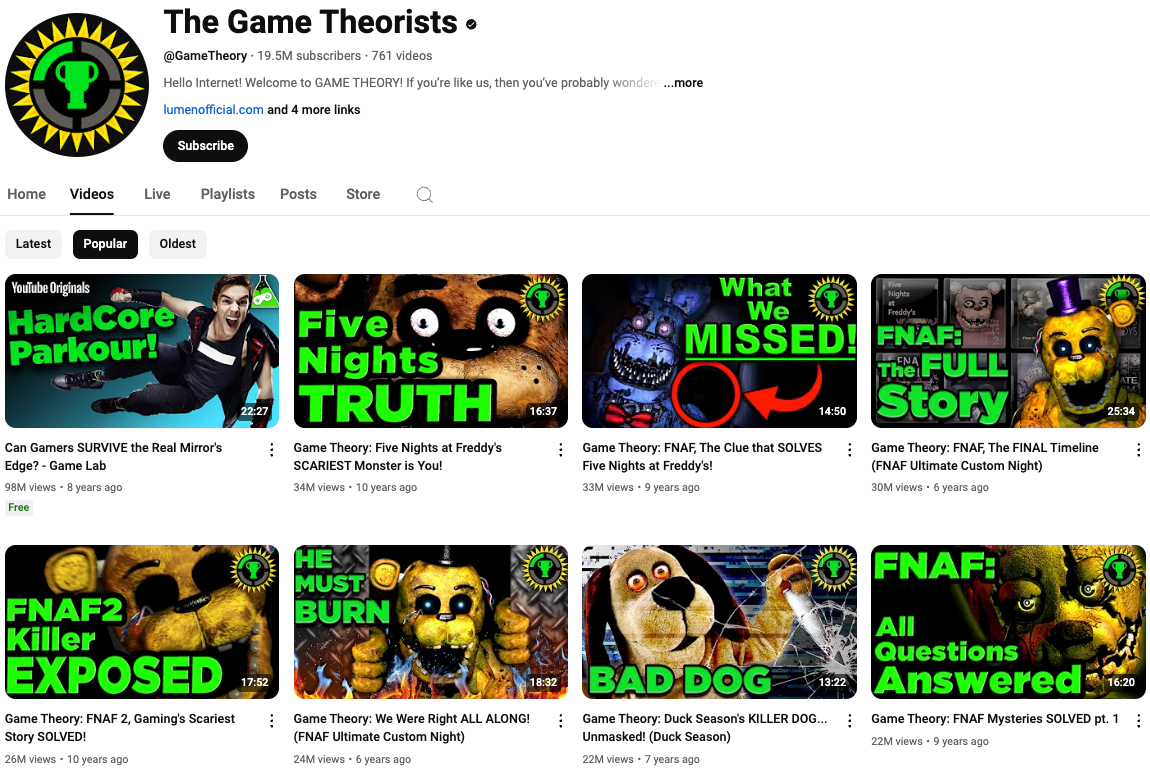
Recognizing the power of niche content, he expanded into "The Film Theorists," "The Food Theorists," and "The Style Theorists," each catering to distinct audiences interested in film, food, and fashion theories.
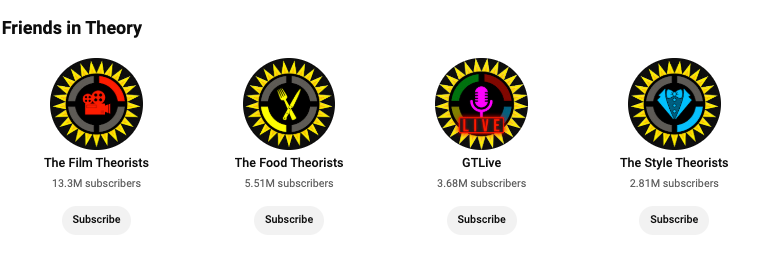
Similarly, Smosh evolved from a single sketch comedy channel into multiple niche-focused channels, including Smosh Pit for unscripted, improvisational content and Smosh Games for gaming content.

This diversification allowed them to target specific viewer interests more effectively.
Rather than limiting their options, MatPat and Smosh expanded their reach by giving each audience segment a home of its own.
The takeaway: Build for the algorithm, not just for yourself
Many creators still assume that because they built an audience, they can post whatever they want. But YouTube no longer works that way.
The solution? Think like a TV network.
Here’s how to apply this strategy:
- Separate unrelated content into different channels so every upload strengthens, rather than weakens, your channel’s identity.
- Keep each channel tightly focused so YouTube can confidently recommend it to the right audience.
- Make content that naturally leads into the next video to increase session time and boost your channel’s overall ranking.
Now, you’re probably wondering: Does this strategy actually work?
Yes, it does—and we have proof.
Using this exact approach, the OpusSearch team helped a creator grow a new channel to 1.5 million views in 90 days, without creating any new videos.
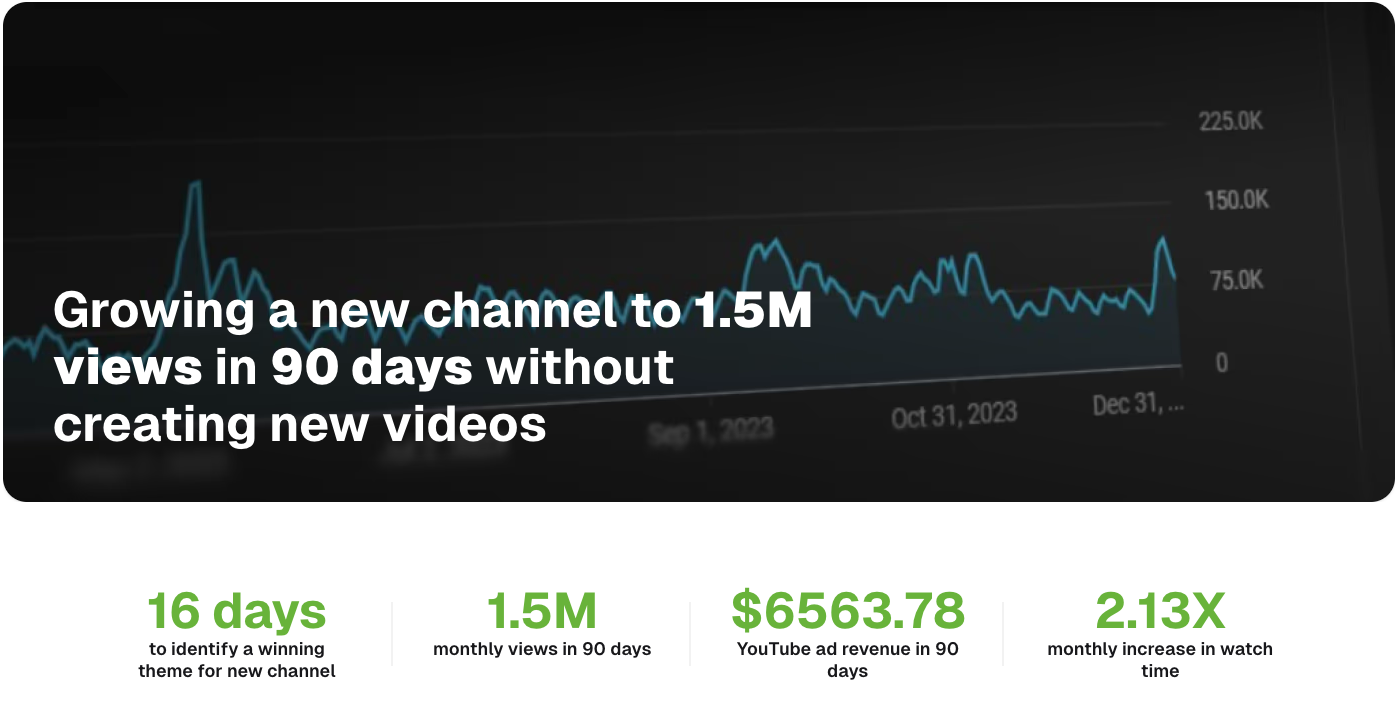
Another creator went from zero to monetization in 40 days by repurposing their existing content.
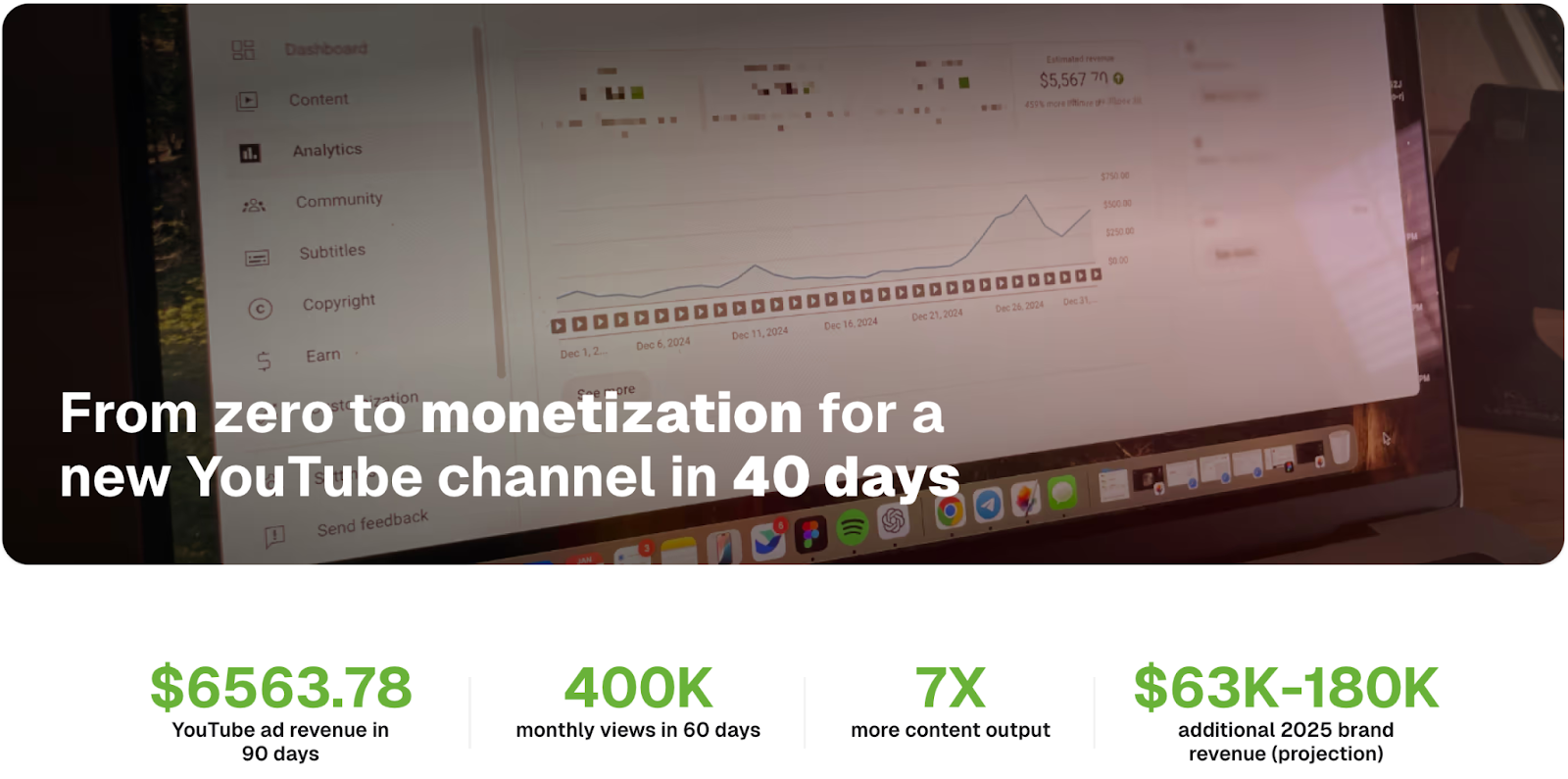
These results are impressive, but knowing what works is only half the battle. The real challenge is keeping up—analyzing trends, resurfacing high-performing content, and optimizing videos without spending hours digging through old footage.
That’s where OpusSearch comes in.
How OpusSearch helps creators maximize audience-content fit
Even with the right strategy, maintaining audience-content fit at scale is tough, especially for creators with massive content libraries. The bigger your channel, the harder it is to track what’s working, repurpose old videos, and stay relevant.
That’s why we created OpusSearch.
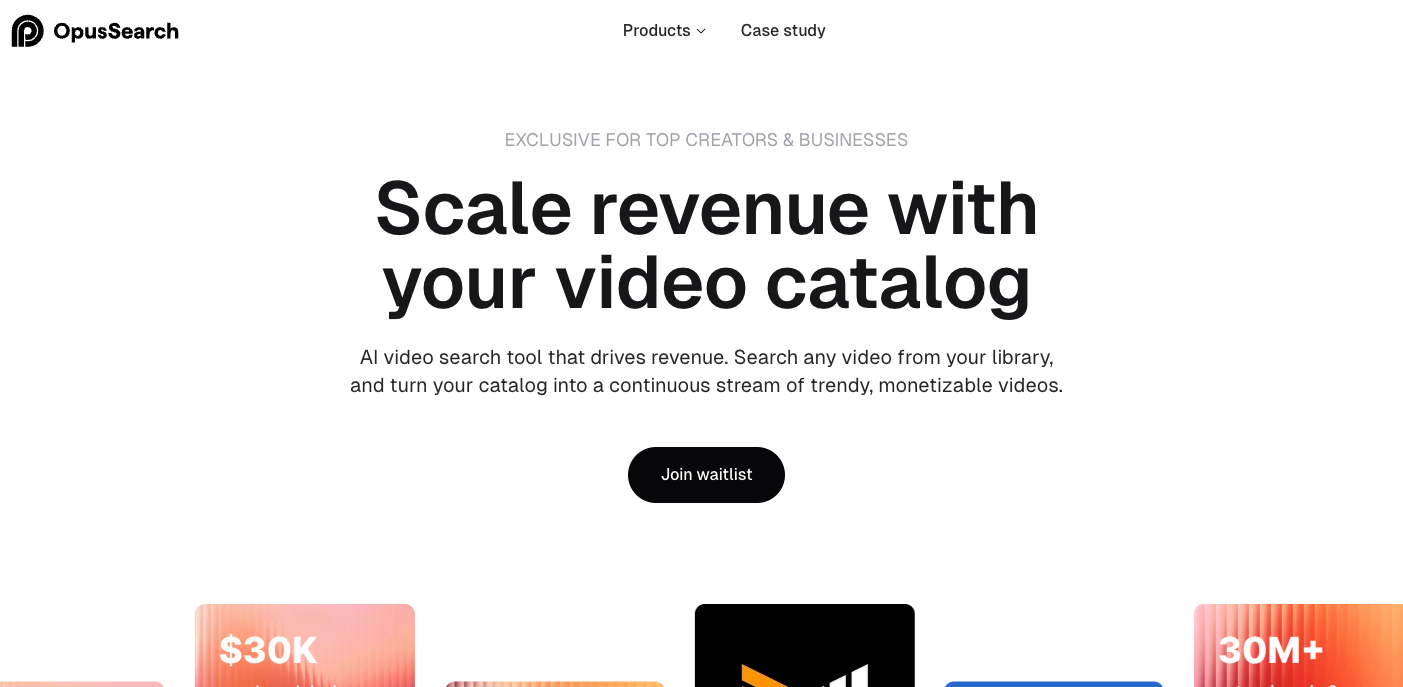
OpusSearch makes it easy to find, reuse, and monetize high-impact moments from past videos, helping creators drive engagement and monetization without constantly producing new content.
Here’s how we help top creators grow even more:
- Turn past videos into growth assets: Instead of letting old content fade, OpusSearch helps creators instantly find and revive relevant clips from their existing video library.
- Capitalize on trends faster: When a topic starts trending, timing is everything. OpusSearch automatically surfaces past content that fits the conversation, helping creators stay ahead.
- Effortlessly create bingeable clips: OpusSearch automates clipping, transforming long videos into high-retention clips that maximize watch time.
- Monetize smarter: By repackaging their most engaging moments, creators using OpusSearch attract better sponsorships and increase ad revenue.
OpusSearch is built for creators who want to get the most out of their content. If you’re ready to stop leaving views, engagement, and revenue on the table, start using OpusSearch today.
Evolving with YouTube’s algorithm for long-term success
YouTube is no longer about who has the most subscribers. It’s about who creates the right content for the right audience.
Creators who understand audience-content fit are the ones thriving. They see higher engagement, stronger retention, and better monetization. Those who don’t risk falling behind.
Staying ahead requires strategy. It means analyzing what works, refining your content positioning, and optimizing your video library for long-term growth.
OpusSearch helps creators do exactly that. Our AI tool helps professional creators surface high-impact content, capitalize on trends, and maximize every video’s reach, all while saving time and effort.
The YouTube algorithm has changed, and success belongs to those who evolve with it. Now is the time to act.



